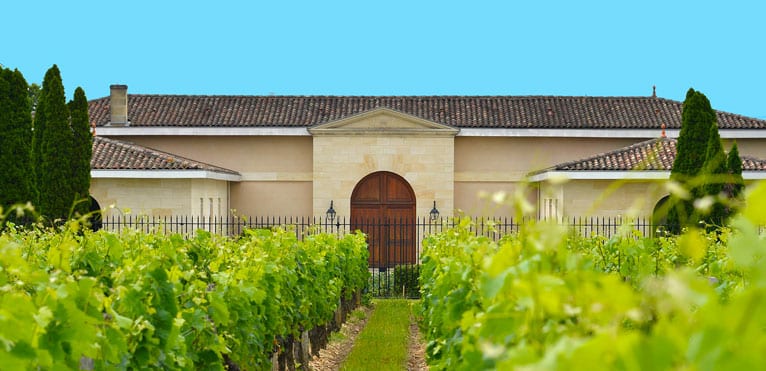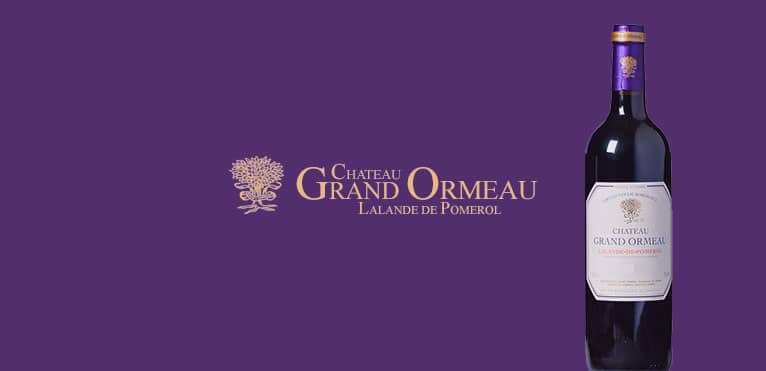
Contents
Let’s take a look at Château Grand Ormeau, located in the Lalande-de-Pomerol appellation in the Libourne region, some 30 km east of Bordeaux.
A family story
Before talking about the Château’s history, let’s first look at its name. The abalone (or elm) is a tree that has always been associated with wine: first a Celtic symbol of generosity, then a sacred tree for the Germans, it was used for the cult of Bacchus (Roman god of wine) and winegrowers have long used it to make their vineyard stakes.
The history of Château Grand Ormeau began in earnest in 1874, when it appeared in the Féret (a book that has served as a bible for Bordeaux wines since its creation in 1868) and was listed among the “Crus bourgeois et premiers artisans”. In the early 20th century, the Camplan heirs took over management of the Château. Thanks to their hard work and love of the vines, Château Grand Ormeau wines are now among the finest in the Lalande-de-Pomerol appellation. Some consumers even confided that they “found in it those masterful qualities with which Pomerol’s finest wines are endowed”. Indeed, the Lalande-de-Pomerol appellation (AOC recognized since 1936) borders on Pomerol (and its famous Petrus), further to the west.
In 1988, the Château was taken over by Jean-Claude Beton, French industrialist and founder of the Orangina brand, who was deeply motivated to make Château Grand Ormeau one of the appellation’s finest wines. To achieve this, he decided to restore the vineyard and production tools. He then decided to call on Michel Rolland, one of Libourne’s top oenologists at the time. In 2008, Françoise Beton took over from her father, with the same commitment to excellence and respect for the terroir.

Château Grand Ormeau wines
Set in a 14-hectare vineyard on the upper part of the appellation, the 3 traditional Bordeaux grape varieties are planted on a soil of gravel and ancient sands and a subsoil of clay and iron dross (ferrous residue in the form of iron oxide, typical of the appellation).
The grand vin, Château Grand Ormeau, is composed of 70% Merlot and equal parts Cabernet Franc and Cabernet Sauvignon. After hand-harvesting and vinification in stainless steel and wood vats, the wines are aged for 13 to 16 months in barrel. Production amounts to 50,000 bottles a year. The nose combines black fruits with mineral and slightly woody notes, and the dense, powerful palate reveals a fine tannic structure. It’s a perfect match for venison in sauce or Maroilles (or any other characterful cheese).
The second wine, Cuvée Chevalier, is made from younger vines than the grand vin (less than 20 years old) and is aged in a way that favors fruit expression, while retaining flattering, harmonious tannins. On the palate, it is powerful and aromatic, with soft, harmonious tannins. Serve with charcuterie or lamb chops.
The wines of Château Grand Ormeau are therefore of the highest quality, and are the reason for the Château’s reputation.
Photos : Château Grand Ormeau